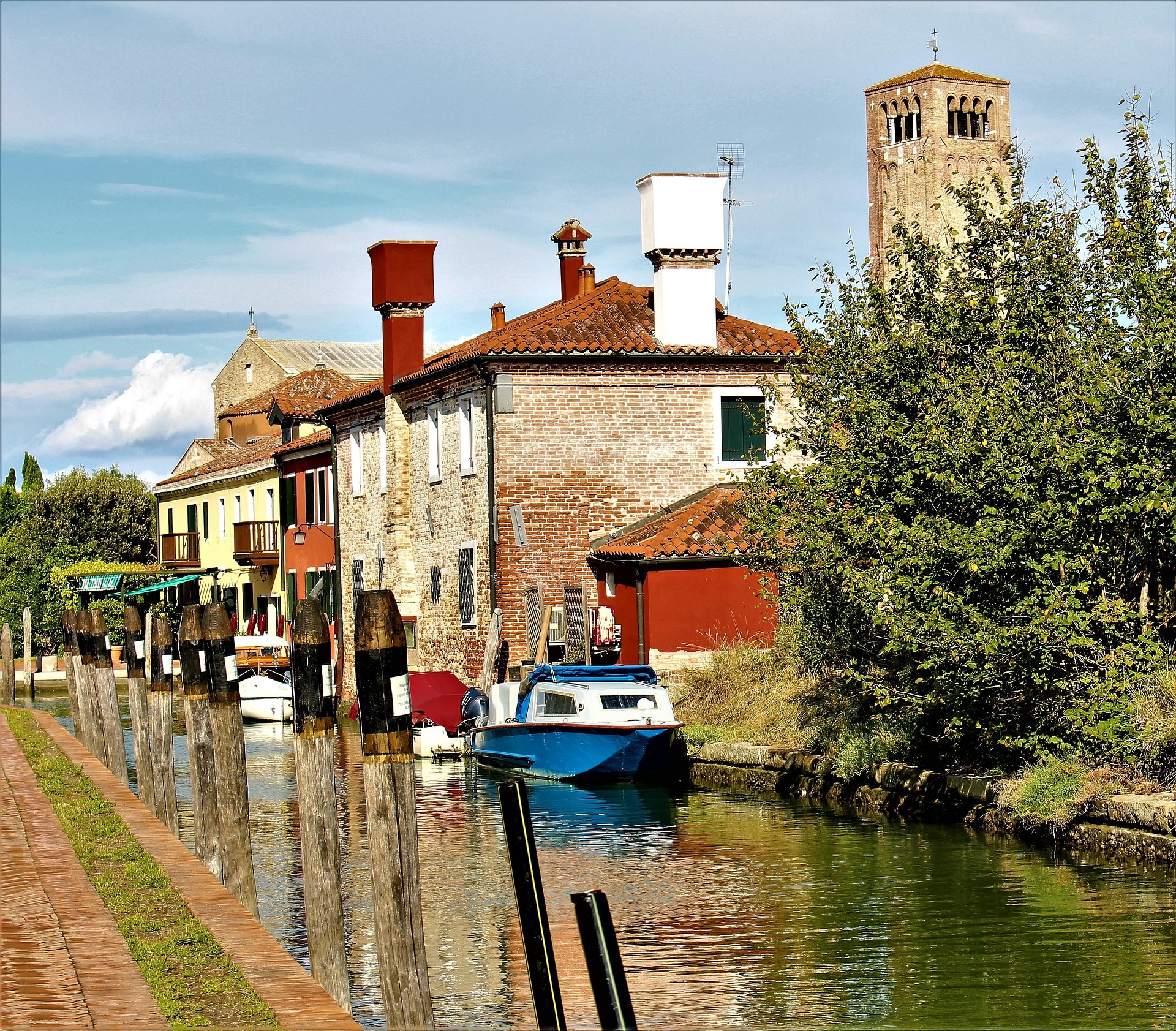Walking through the grand halls of Doge’s Palace in Venice is impressive, but discovering what lies behind those ornate walls was truly unforgettable.
Last month, I took the Secret Itineraries tour, a special guided experience that reveals hidden chambers, narrow passageways, and the infamous prisons where inmates like Casanova were once held.
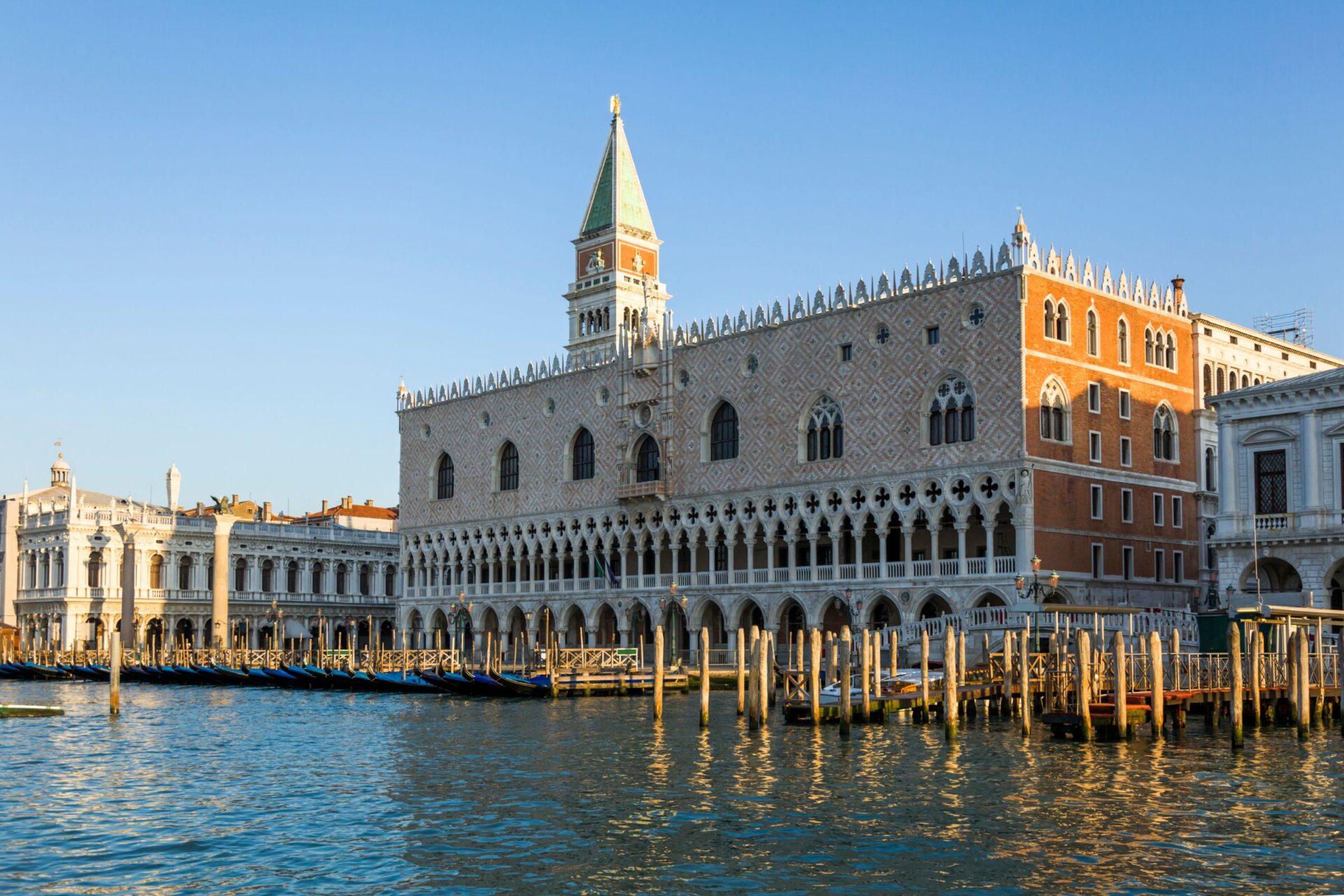
The Secret Itineraries tour lasts about 75 minutes and takes you through restricted areas not accessible on the standard palace visit, including the terrifying Piombi and Pozzi prisons.
The tour requires advance reservation and can only be explored with a qualified guide who brings Venice’s complex political history to life.
As I followed our knowledgeable guide through hidden doorways, I was transported back to the days of the Serenissima Republic, when government officials conducted interrogations and secret affairs of state in these concealed rooms.
What makes this experience so special isn’t just seeing these hidden spaces, but understanding how they functioned in Venice’s elaborate system of justice and governance. After your guided tour ends, your ticket also allows you to explore the rest of the Doge’s Palace at your own pace – giving you the best of both worlds.
Unveiling the Doge’s Palace: A Portal to the Venetian Republic
Standing before the majestic Palazzo Ducale, I was immediately transported back to the golden age of the Venetian Republic. This architectural masterpiece served as both the residence of the Doge and the center of political power for over 700 years.
The Historical Significance of the Doge’s Palace
The Doge’s Palace wasn’t just a pretty building—it was the beating heart of one of history’s most fascinating maritime republics.
As I wandered through its halls, I could almost hear the echoes of diplomatic negotiations and political intrigue.
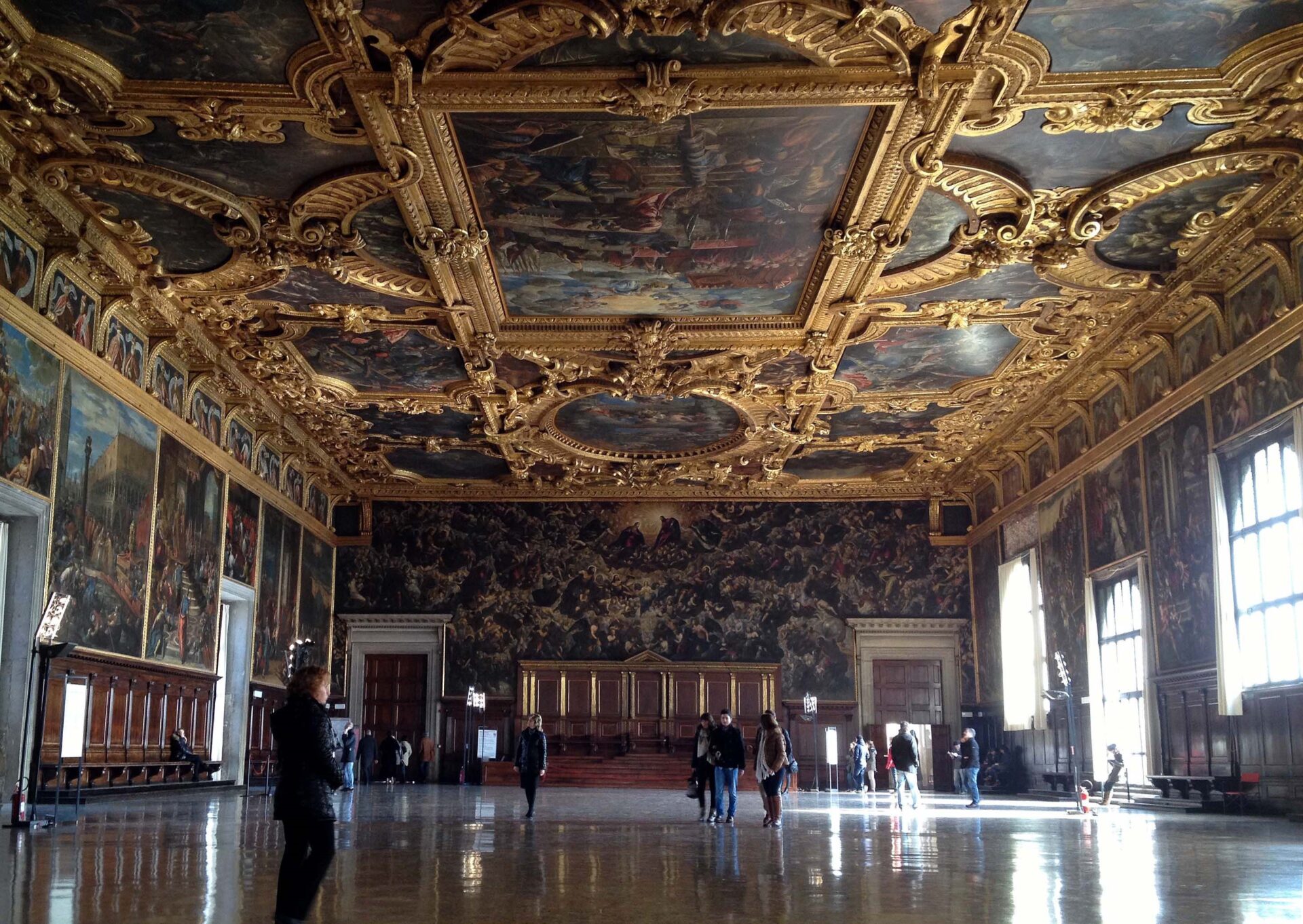
Image Source: World History
The palace housed the Doge’s apartments, government offices, and courtrooms where the fate of Venice was decided daily. What struck me most was how the building embodied Venice’s unique political system—neither fully monarch nor fully republic.
In its heyday, the Palazzo Ducale witnessed the rise and fall of 120 Doges who ruled Venice from the 9th century until Napoleon’s conquest in 1797. Each room tells a story of power, with paintings and decorations carefully designed to project Venetian authority and prosperity.
Architectural Marvels: From Gothic to Renaissance
The palace’s exterior stopped me in my tracks with its distinctive pink Verona marble and white Istrian stone. Its unique Venetian Gothic style features ornate arcades and delicate quatrefoil windows that seem almost too light and airy for such an important building.
Inside, I was stunned by the seamless blend of Gothic and Renaissance elements. The golden staircase (Scala d’Oro) showcases the Renaissance influence that came later, while the older Gothic sections maintain their medieval charm.

Image Source: Wikimedia Commons
The palace’s structure is ingenious—built around two courtyards with no foundations, just brilliant engineering. The massive Council Chamber particularly impressed me, with its 53-meter length making it Europe’s largest room of its time. Here, paintings by Venetian masters like Tintoretto and Veronese decorate walls and ceilings, telling stories of Venetian glory.
The Secret Itineraries Tour: Beyond the Public Rooms
The Secret Itineraries Tour opens up a hidden world within the famous Doge’s Palace that most visitors never see. This exclusive guided experience takes about 1 hour and 15 minutes and reveals chambers where Venice’s political and judicial systems once operated.
Behind the Scenes: Exploring Hidden Corridors
I was thrilled to discover the Secret Itineraries Tour included skip-the-line access to areas completely hidden from regular palace visitors.
Our knowledgeable guide led us through narrow passageways and secret chambers where the Council of Ten once conducted their sensitive government business.
The tour took us to the notorious Piombi and Pozzi prisons. The Piombi (lead cells) were located under the palace’s lead roof, while the Pozzi (wells) were damp cells at water level. I found Casanova’s famous escape story particularly fascinating as we stood in the very cell where he was imprisoned.
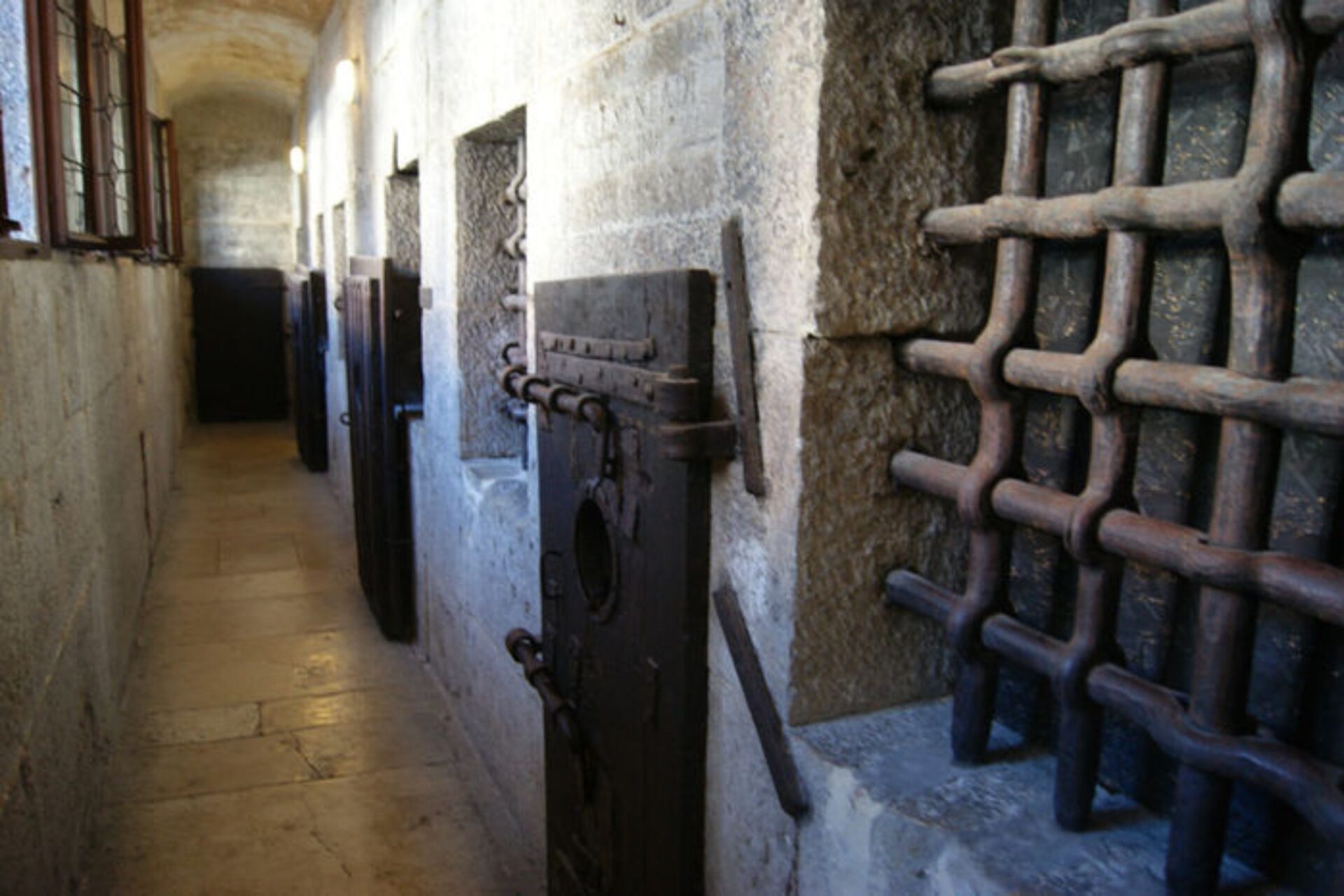
Unlike the ornate public rooms, these hidden spaces felt raw and authentic. The guides shared stories of political intrigue and Venice’s complex judicial system that brought the walls to life.
My tip: Book this tour well in advance! The groups are intentionally kept small, and slots fill quickly. The ticket includes both the guided Secret Itineraries portion and self-guided access to the main palace afterward.
Navigating Venice: Canals, Bridges, and Vaporettos
Moving around Venice requires navigating its complex network of waterways and pedestrian paths. The city’s unique transportation system is part of what makes exploring so magical.
Choosing Your Transport: Gondolas vs. Vaporettos
When planning your Venice adventure, transportation choices can make or break your experience.
Vaporettos (water buses) are my go-to for practical travel. These public water buses cost about €7.50 for a single ticket, but a 24-hour pass for €20 saves money if you’re making multiple trips.
For a more romantic experience, gondolas offer that quintessential Venice moment. I splurged on a 30-minute gondola ride for €80 (standard rate), which felt worth it for the unique perspective of gliding through narrow canals.
Water taxis provide a faster, more private option but come with a hefty price tag starting at €60 for short journeys. They’re perfect when you’re running late for your Secret Itineraries tour!

Iconic Waterways: The Grand Canal and Beyond
The Grand Canal, Venice’s main waterway, curves through the city in an S-shape spanning about 2.5 miles.
I found the #1 vaporetto perfect for sightseeing along this route, as it stops at major landmarks while offering spectacular views of palatial buildings.
Don’t miss crossing the Rialto Bridge, the oldest of Venice’s four bridges spanning the Grand Canal. The bridge offers stunning photo opportunities, especially at sunset when the golden light hits the canal.
Venice has over 400 bridges connecting its 118 islands. The Bridge of Sighs near Doge’s Palace has a fascinating history – prisoners would cross it on their way to cells, sighing as they glimpsed their last view of Venice.
For exploring smaller canals, I recommend wandering on foot. Many charming waterways hide in residential neighborhoods away from tourist hotspots, offering glimpses into authentic Venetian life.

Cultural Treasures: Art, Glass, and Legacy
Venice’s cultural heritage extends far beyond the secret passages of the Doge’s Palace. The city’s artistic traditions and craftsmanship tell stories of wealth, innovation, and centuries of creative excellence.
Venetian Artistry: From Tintoretto to Modern Creations
Walking through Ca’ Pesaro, I was struck by the contrast between Renaissance masterpieces and contemporary works. Tintoretto’s dramatic canvases with their bold use of light and shadow truly captivated me.
The artist’s work in the Doge’s Palace itself is breathtaking. His “Paradise” in the Great Council Hall is considered one of the largest oil paintings in the world!
Ca’ Rezzonico offered a different perspective – a glimpse into 18th century Venetian life. The ornate furniture, frescoed ceilings, and period costumes helped me imagine the daily routines of nobility.
What surprised me most was Venice’s embrace of modern art. The Biennale exhibitions showcase cutting-edge works that still somehow feel at home in this ancient setting.
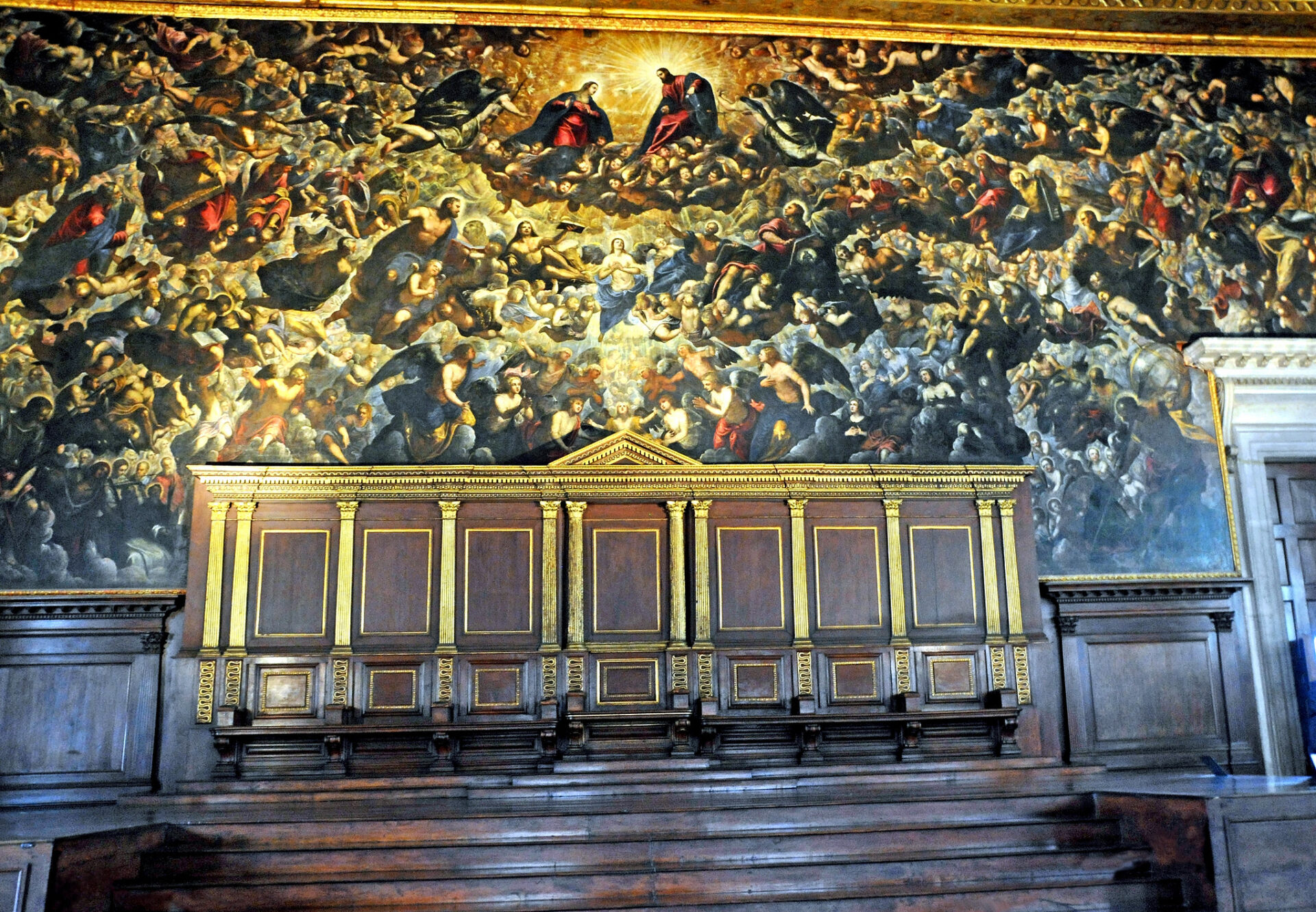
Image Source: Flickr
Murano Glass Mastery: Discovering a Sparkling Tradition
A short boat ride across the Venetian Lagoon took me to Murano, where glass-making traditions date back to 1291. The island’s workshops continue centuries-old techniques that create stunning works.
I watched in awe as master craftsmen transformed molten glass into delicate sculptures, vases, and chandeliers. Their hands moved with practiced precision, twisting and shaping the glowing material.
The Glass Museum displays everything from ancient Roman pieces to contemporary designs. The evolution of techniques over centuries shows incredible innovation.
Be careful of tourist traps selling fake “Murano glass.” The authentic workshops usually offer demonstrations and have master craftsmen on site. Look for the “Vetro Artistico Murano” trademark to ensure authenticity.
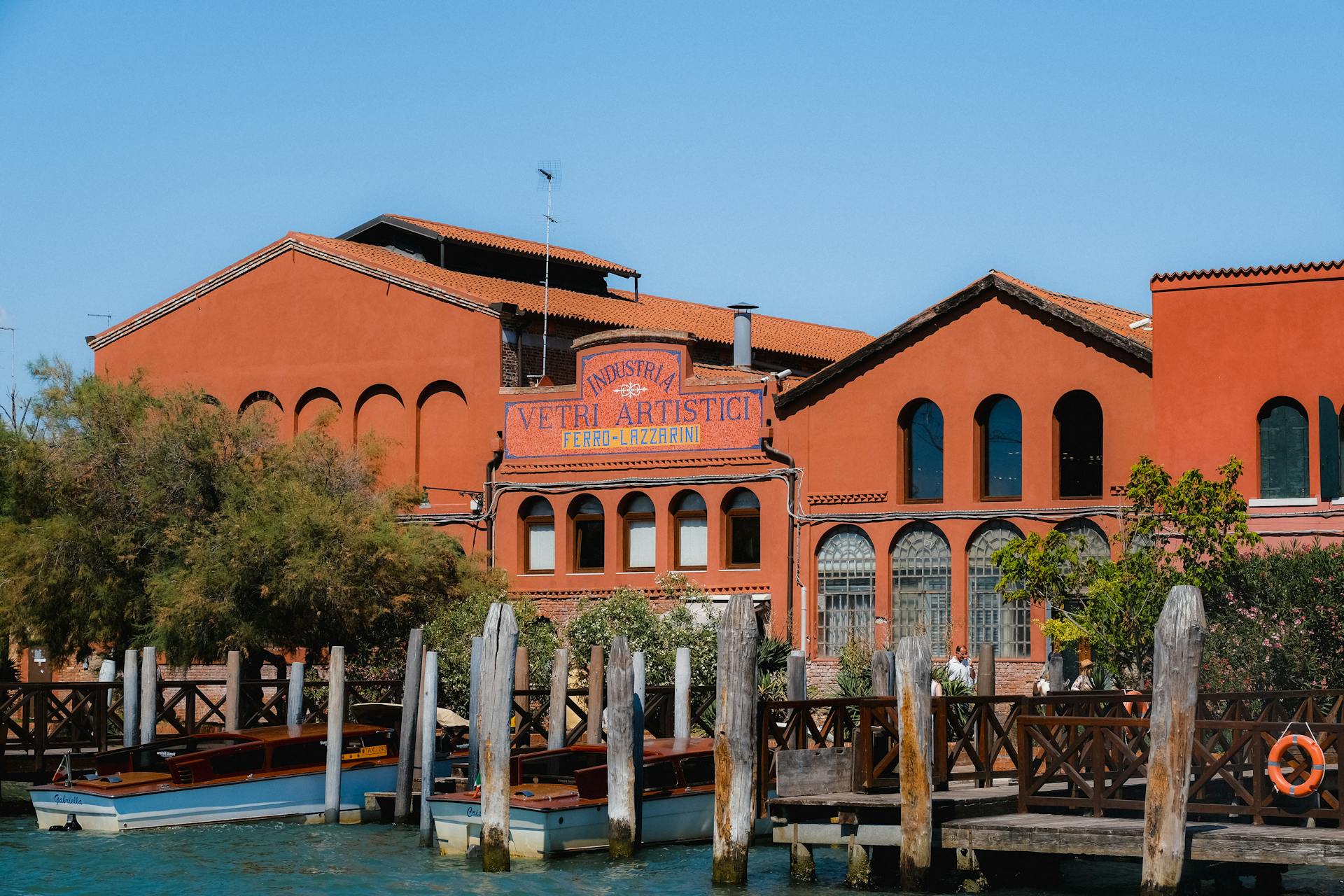
Planning Your Visit: Tips and Itineraries
Venice requires thoughtful planning to fully appreciate its treasures, especially when the Secret Itineraries tour at the Doge’s Palace is on your agenda. I’ve found that reservations are essential, as this specialized tour requires both booking in advance and a qualified guide.
Maximizing Three Days in Venice: An Itinerary Highlight
I recommend dedicating your first morning to the Secret Itineraries tour, which takes about 1 hour and 15 minutes. Book this early to avoid disappointment!
Afterward, you can explore the rest of the Doge’s Palace at your own pace, as your ticket includes both the guided tour and general access.
For the afternoon, wander through St. Mark’s Basilica and the surrounding Piazza San Marco. The contrast between the public grandeur and the secret chambers you explored earlier offers fascinating perspective.
Day two is perfect for getting lost in Venice’s winding streets. I started with a morning walking tour led by a local guide who revealed hidden corners I would have missed otherwise.
Reserve your third day for art galleries and lesser-known churches. The tourist info centers can provide maps highlighting these gems, and many lodging options offer special access to evening activities.

Beyond the City: Day Trips to Burano, Torcello, and More
Colorful Burano makes for a perfect day trip from Venice. I caught an early vaporetto to beat the crowds. Then, I spent the morning photographing its rainbow-hued houses and watching lace-makers at work.
From Burano, it’s a short boat ride to peaceful Torcello, home to Venice’s oldest church. The island feels worlds away from the bustle of central Venice. It has only a handful of residents and vast open spaces.
Consider scheduling these island excursions for the day after your Doge’s Palace visit. The contrast between the political intrigue of the secret chambers and the artisan traditions of the islands creates a balanced Venetian experience.
Pack comfortable walking shoes and bring water! I underestimated how much exploration I’d do on foot, both in Venice and on the islands.
